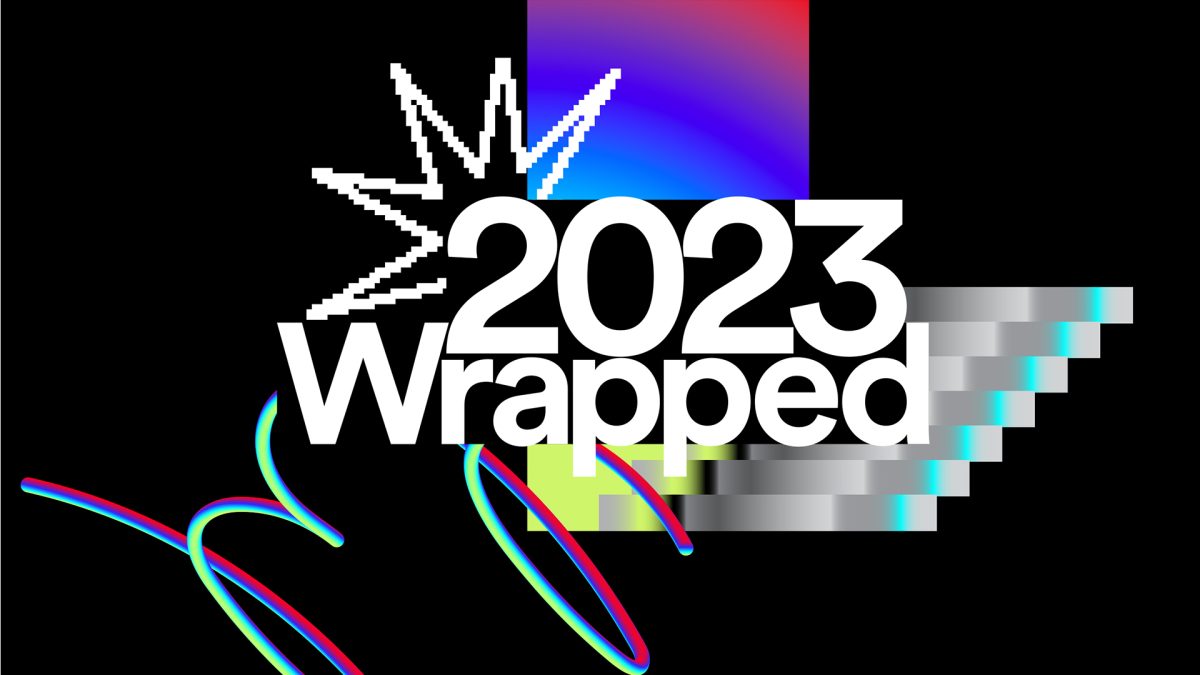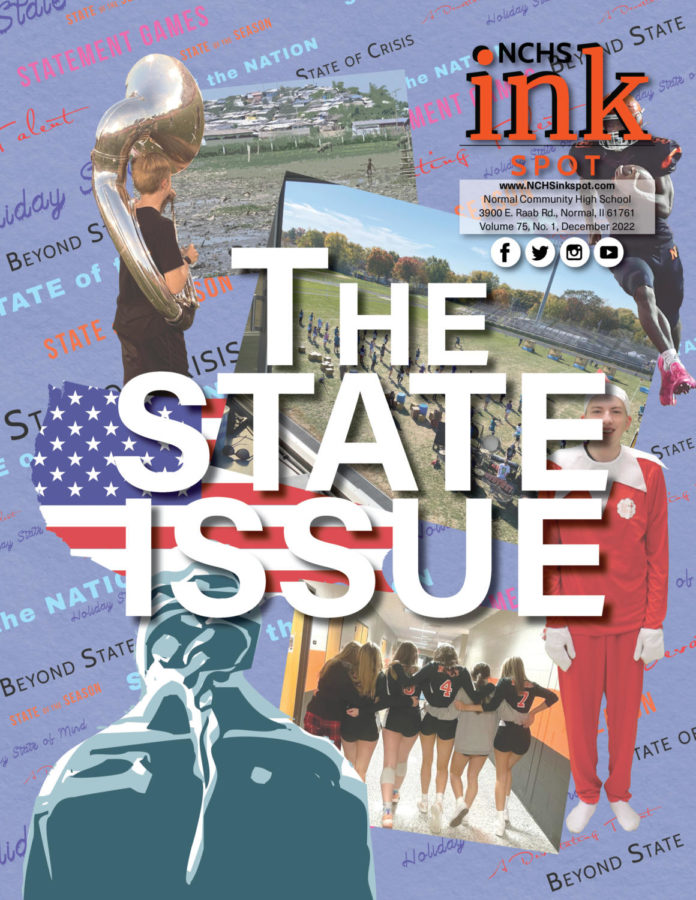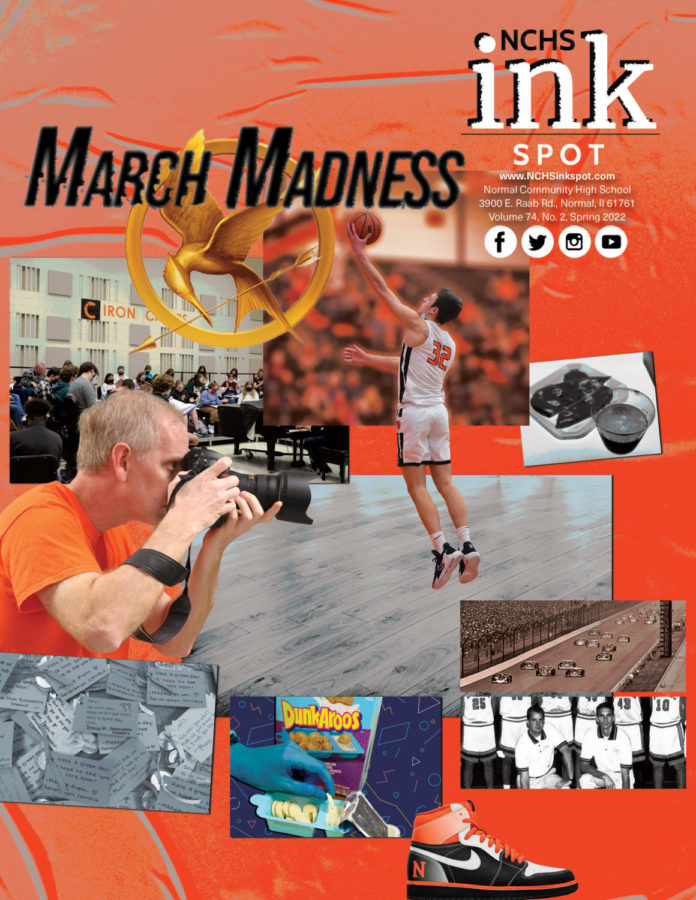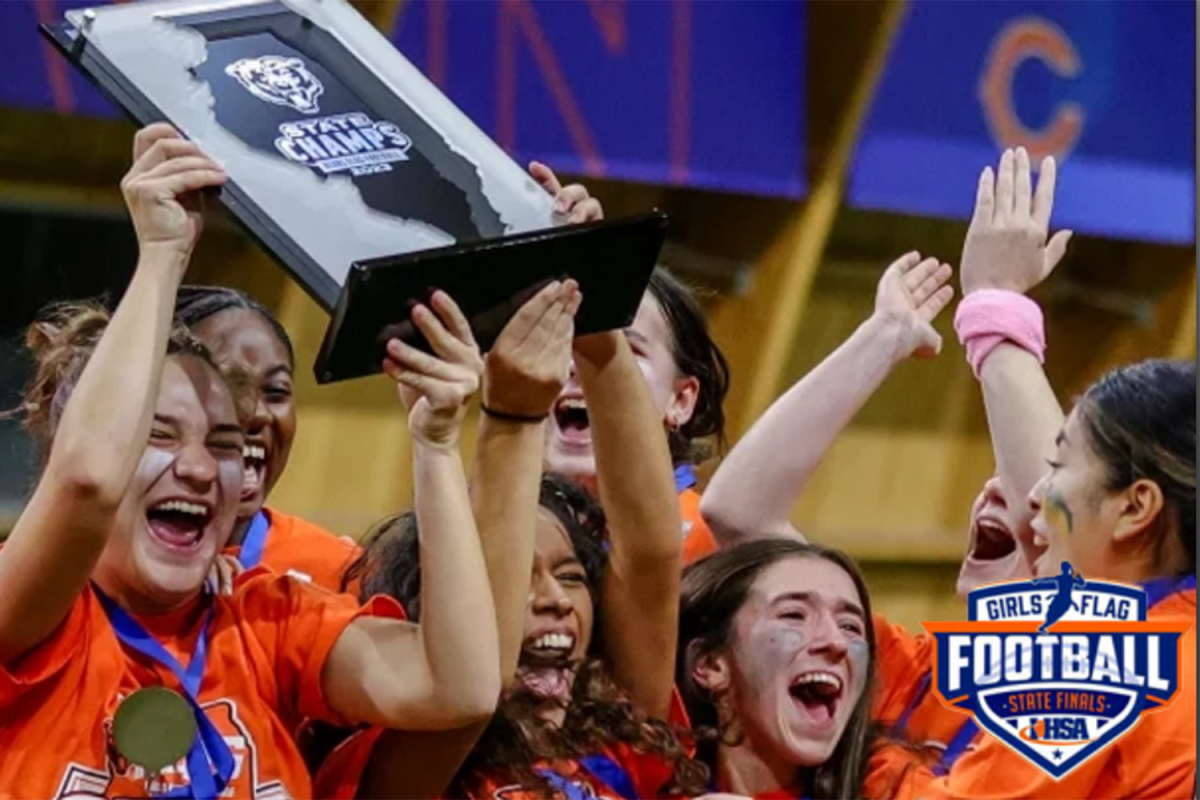With the Illinois High School Association announcing next fall’s inaugural girls flag football season, the question at Community is: “When will the Iron field a team?”
The answer remains unknown.
While over 100 schools have committed to fielding a team next season, including the Big 12 Conference’s Peoria High Lions and Danville Vikings, the best answer Community’s Athletic Director Mr. Nicolas Kearfott could offer is: “Hopefully, sooner than later.”
That could be as soon as the 2025-26 school year; an uncertainty that results from the complicated process of adopting a new interscholastic sport.
Before the first-ever all-girl football team can take to Dick Tharpe Field, first, the sport must be officially proposed to the Unit 5 Board of Education.
Kearfott has made an informal presentation to the district, he said, but not a formal proposal to the School Board.
Community, the Athletic Director said, is still in the “inquiry phase” of bringing flag football to Unit 5.
Once a proposal is made and the board grants approval, Kearfott’s real work starts: pricing out equipment bids, estimating transportation costs, scheduling practice facility availability, finding opponents…
“It is a lot of front work to get it going and get it established,” Kearfott said, “but that’s my job.”
And it is worth it, Kearfott said, “if it’s going to benefit our kids.”
Last December, an interest survey was distributed to the female members of Community’s student body. The results, Kearfott said, didn’t show an “overwhelming” interest.
This interest survey, however, was sent before the sport was officially approved, so another survey could yield different results.
There is interest in flag football at Community during the annual Homecoming week’s Powderpuff Game, Senior Class sponsor Mrs. Jennifer Kelly said.
While the event is limited to juniors and seniors, this season over 100 girls participated.
In Kelly’s decade overseeing the Powderpuff game, the event has never drawn less than 75 participants. Some years, she said, upwards of 130 girls participated.
“I’m always surprised at some of the girls who go out for flag football,” Kelly said.
However, the flag football team could create a conflict for the annual Powderpuff game.
It is not uncommon to see in-season athletes not participate in the game, Kelly said, to avoid injury.
With the flag football season occurring during the fall with the Powderpuff game, flag football athletes might opt not to participate in the homecoming contest.
The IHSA has yet to release an official statement regarding the rules and regulations of flag football, so the required equipment and its cost remain unclear.
“The cost of the equipment is going to be more than what we have right now,” Kearfott said, “which is nothing.”
The IHSA requires all teams to compete in matching uniforms and regulates student safety.
When the Chicago Public League piloted flag football, it required athletes to wear soft-shell helmets. Expenses, according to the IHSA press release, covered by sponsors like Nike, the Chicago Bears, Buffalo Wild Wings, and Gatorade.
That will not be the case as an IHSA-sanctioned sport.
Flag football uniform and equipment expenditures, Kearfott said, are not currently factored into the Athletic Department’s budget. Those additional line items will decrease the funds available for the department’s current roster of sports.
Kearfott estimates that uniforms and helmets could cost $5000.
A team also requires a coach.
While no one has spoken to Kearfott about the IHSA announcement, the veteran A.D. said he is “sure we would have people interested in it.”
Those positions would also come at a cost.
The lowest-paid head coaching position in Unit 5 comes with a $4,420 price tag.
When all costs are considered, including the cost of game officials, a conservative estimate for what the program could run, Kearfott said, is $15,000. At the high end, the inaugural season of flag football could total $20,000.
Another significant cost concern is transportation; however, this is not funded by the Athletic Department, Kearfott said.
The majority of next season’s announced teams are located in the Chicagoland area. While Kearfott believes more Big 12 schools will join Peoria and Danville in adopting flag football, if Community were to add the sport, the team would have to travel long distances to play away games.
The longer the distance, the more the additional costs accumulate.
As a non-contact sport, flag football scheduling is less complex than boy’s football contests, which the IHSA limits to a maximum of two games a week due to the physical demand of the games and practices.
This regulation won’t be in effect for flag football, which allows girls to play multiple games a week, or “jamborees,” multiple games in a day.
This prevents scheduling conflicts with the boy’s program’s three levels, as the two would compete in the fall season, both calling Dick Tharpe Field home.
The addition of flag football is just one of the IHSA’s advancements when it comes to offering female sports, approving both girls’ lacrosse and wrestling within the last few years.
Those additions, Kelly sees as a positive.
Flag football is “another opportunity for females during the fall,” Kelly said, as “we have people who have interests that we don’t necessarily always fulfill.”
While the IHSA allows female athletes to compete on Friday nights, it has not become commonplace to see girls on the gridiron across the state.
Flag football, Kearfott said, is a step in the right direction.
“We need to be able to provide opportunities to all of our females if we’re offering the same opportunity to our males.”
If approved, the question remains of who would fund the program.
While Unit 5 funds the girls’ wrestling program, the boys and girls lacrosse programs, co-ops between Community, West and Bloomington High School, have been supported by boosters since their inception.

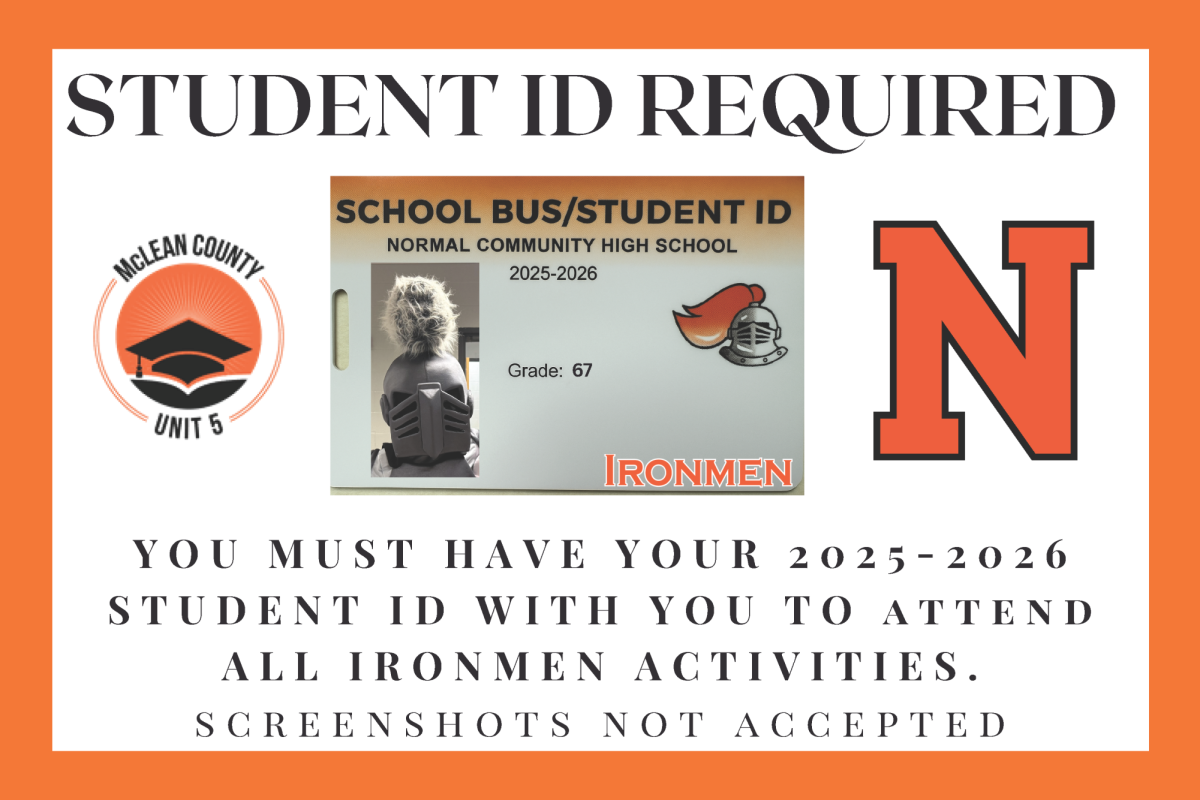
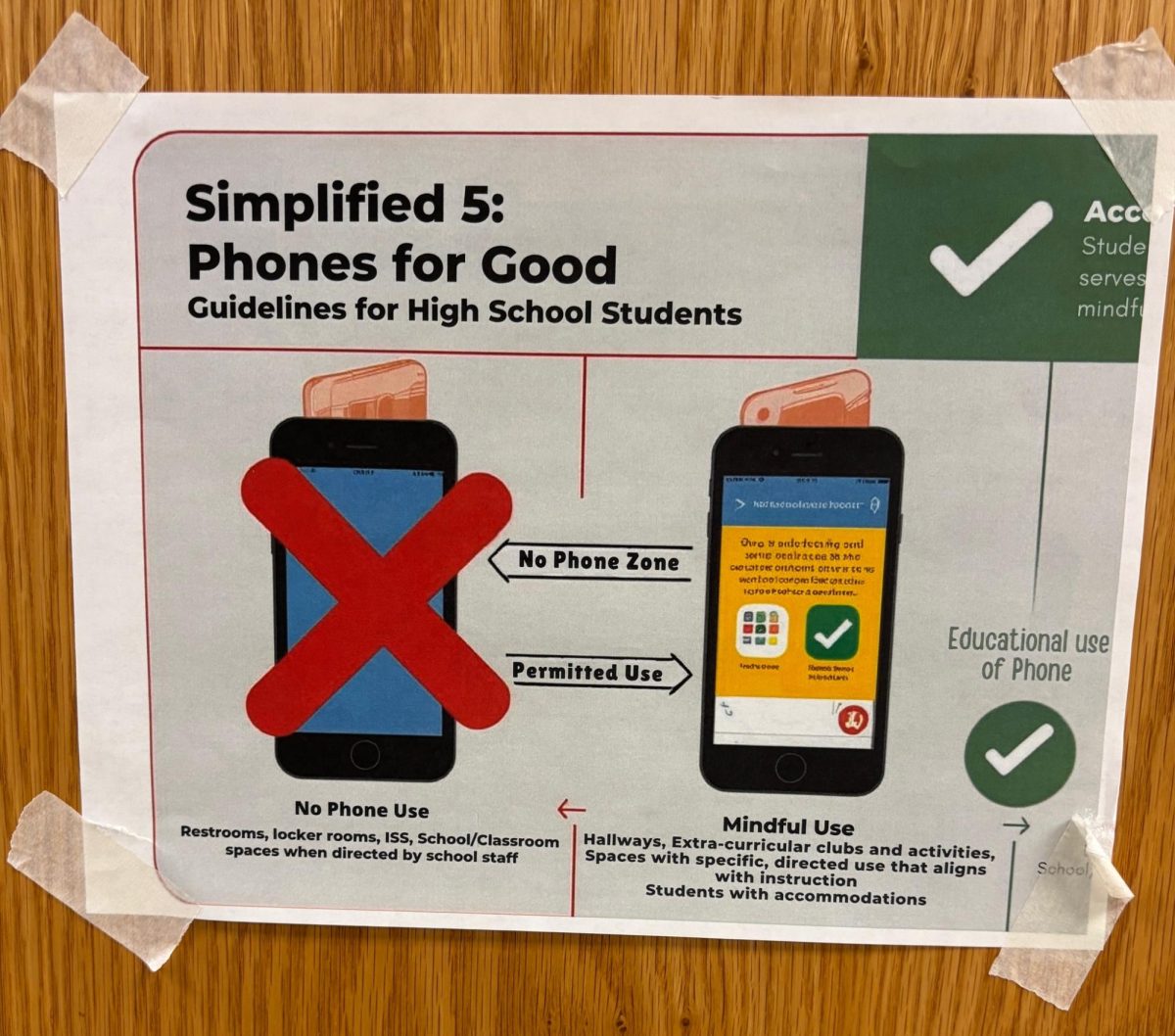
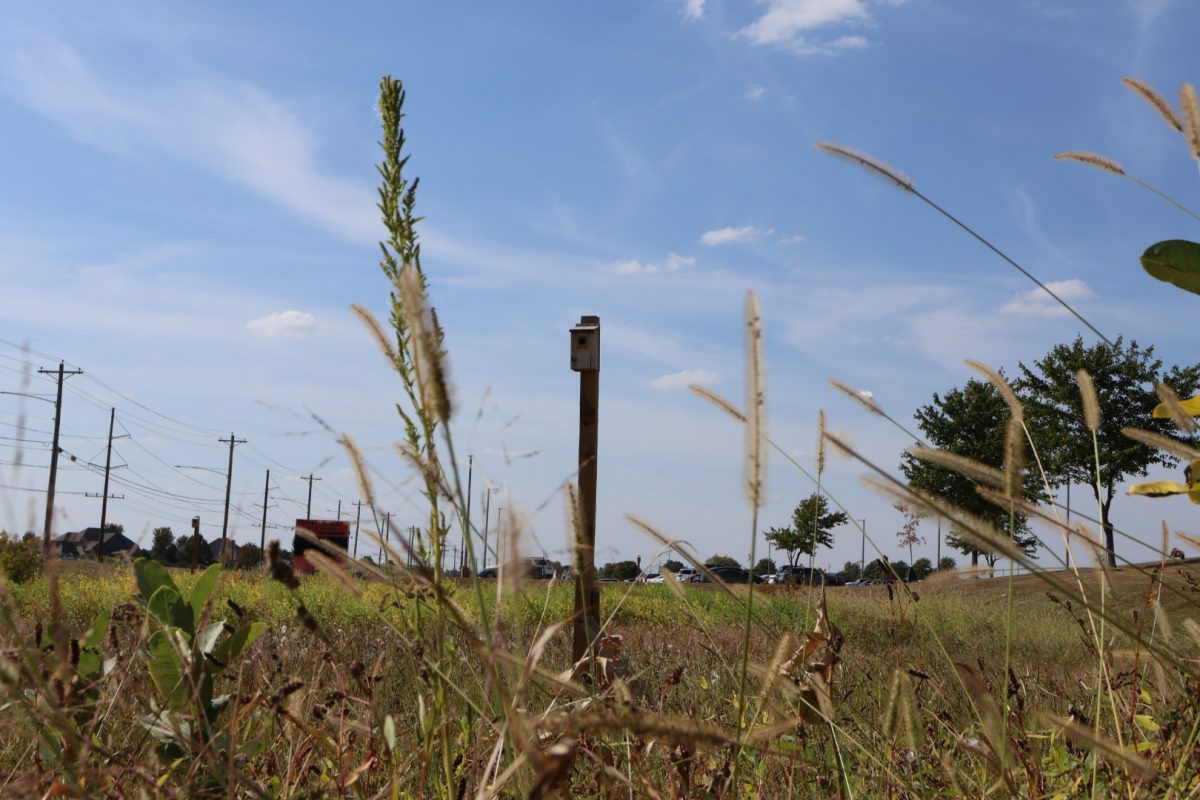
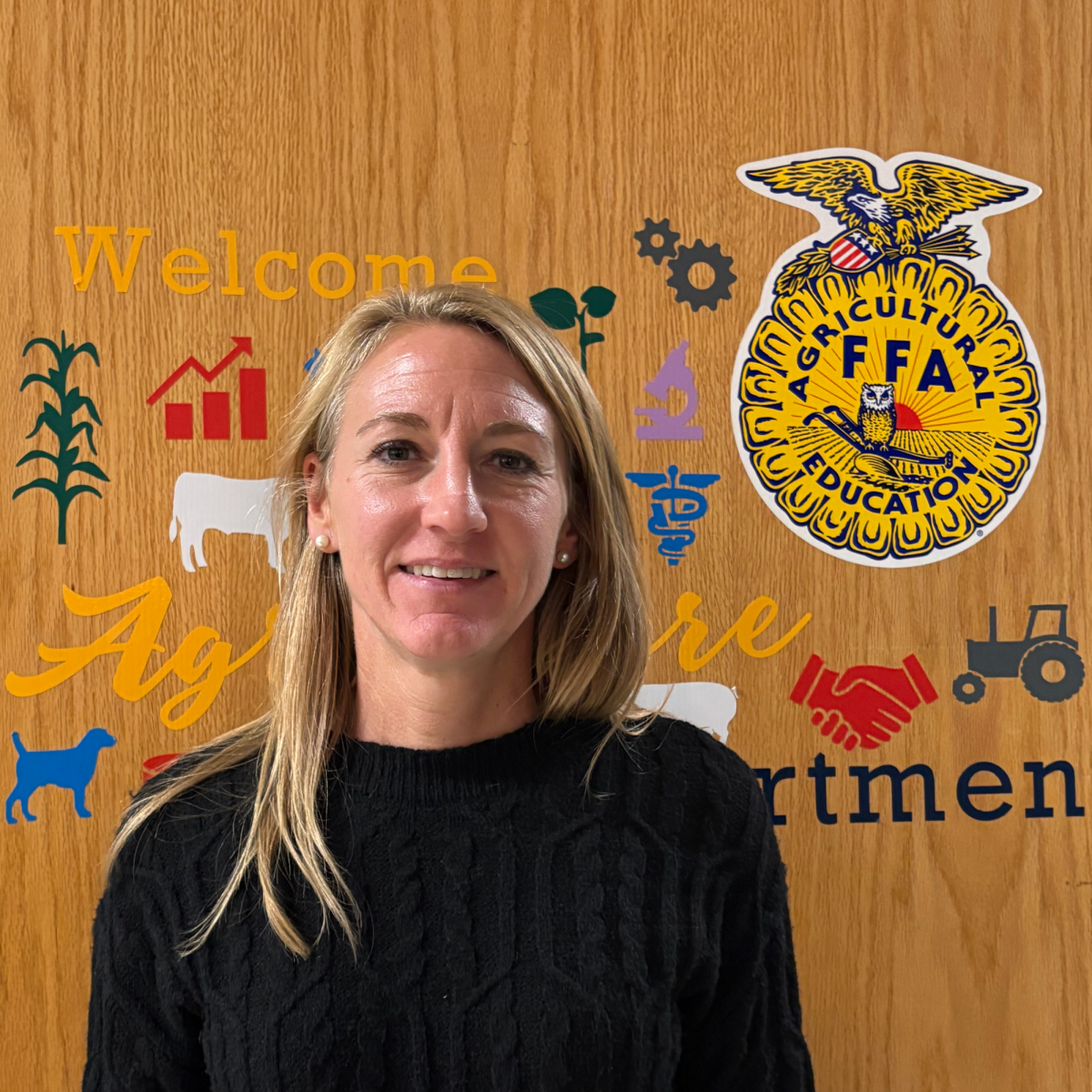
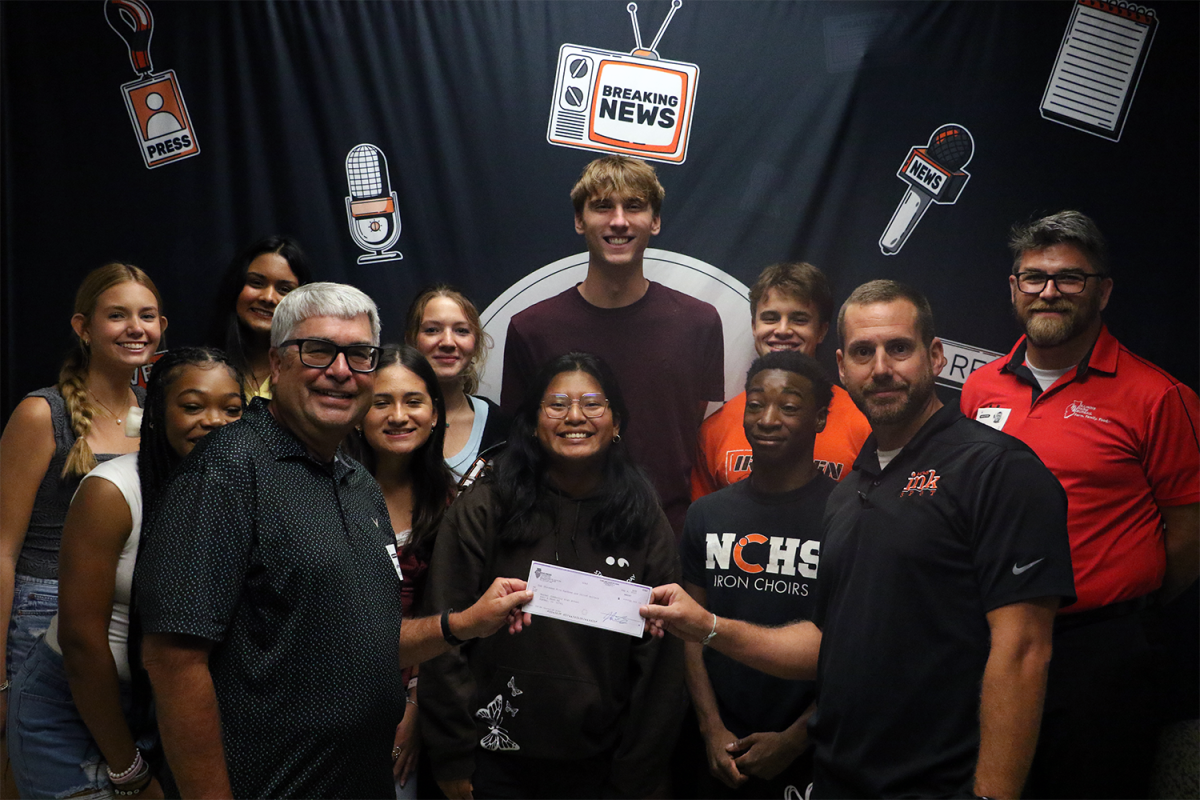






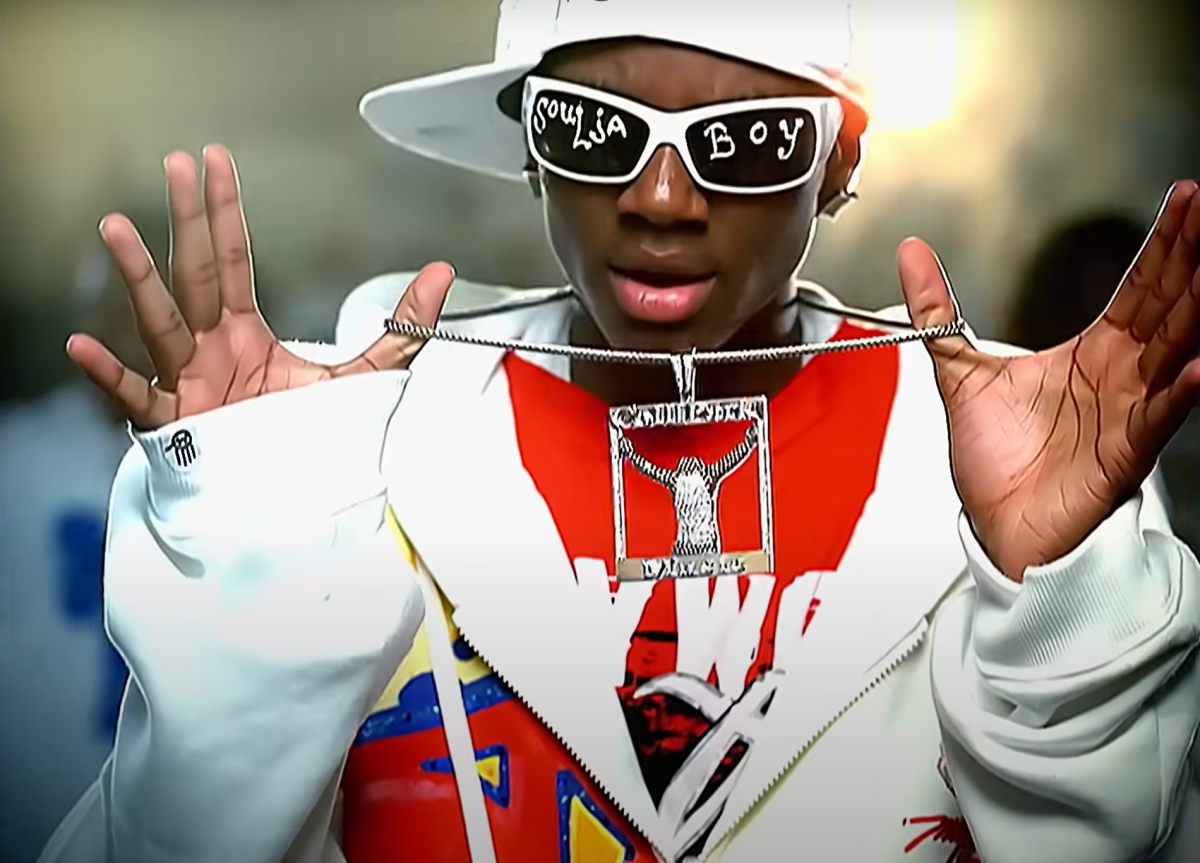
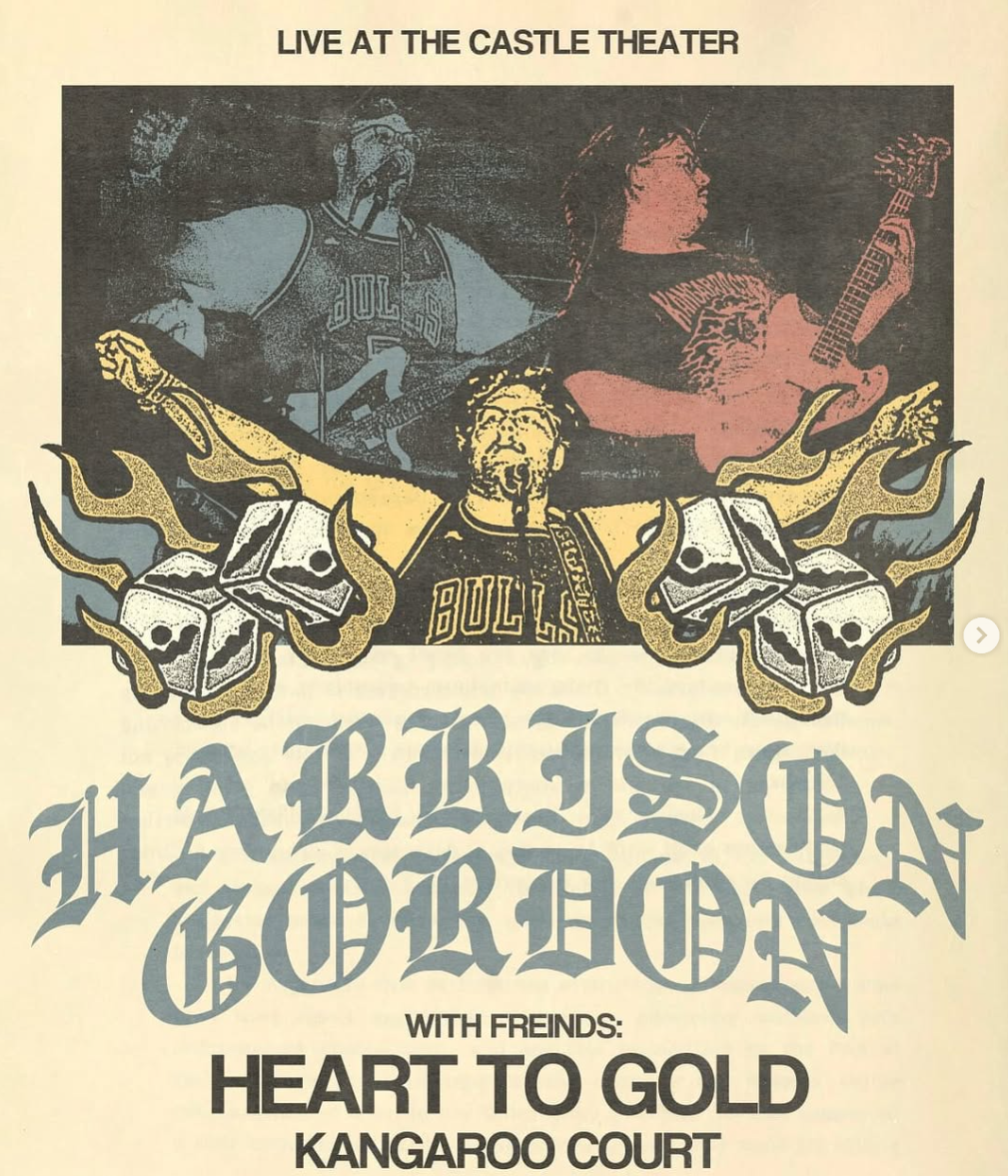
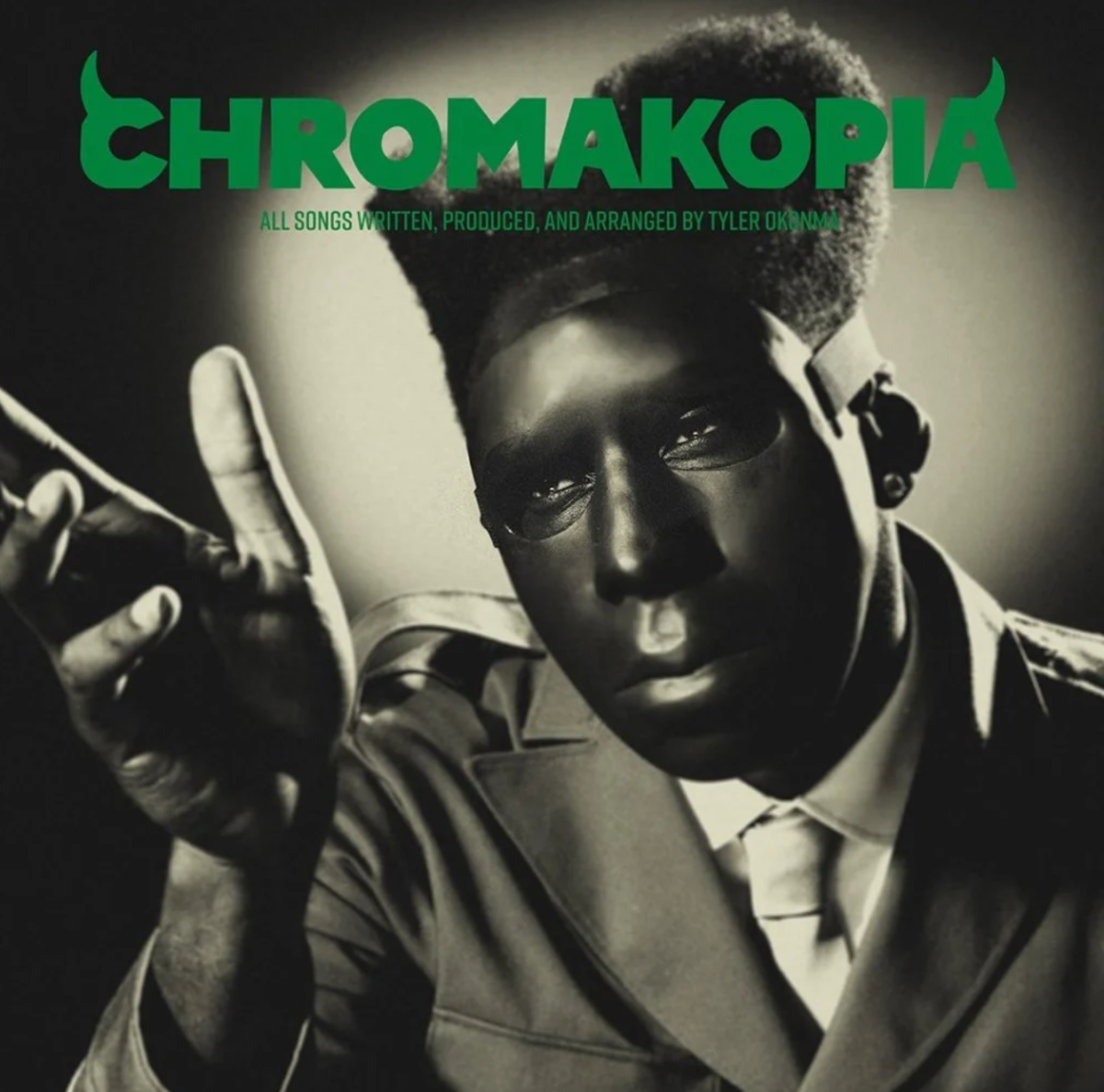

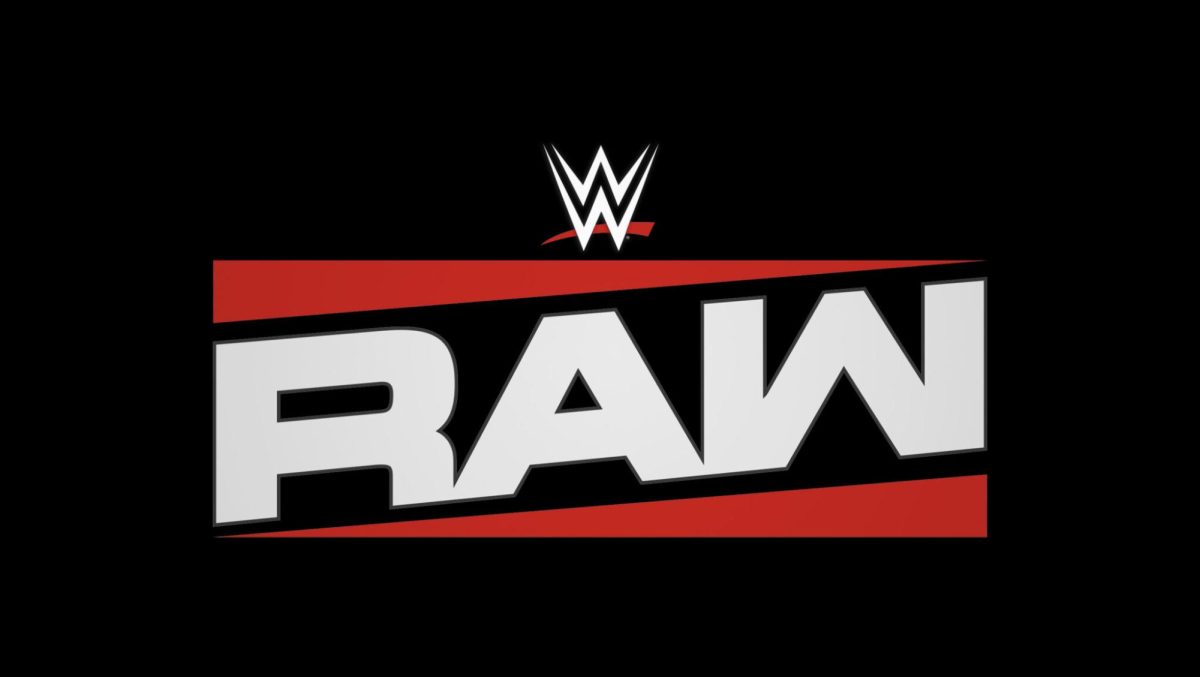




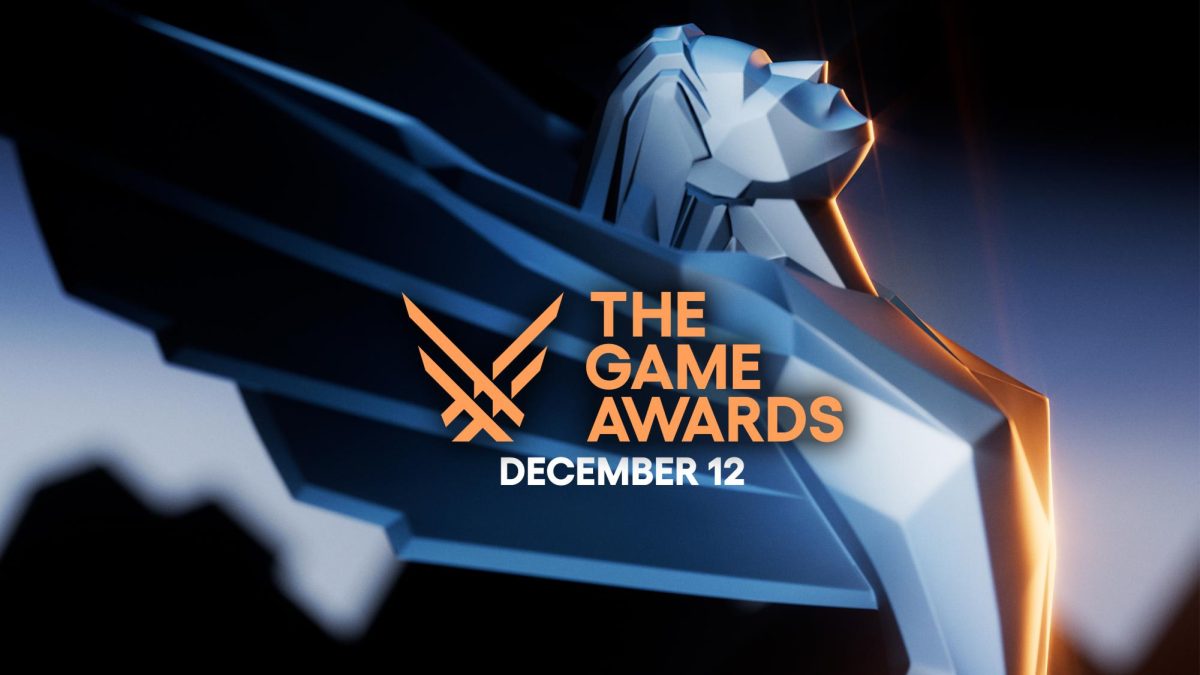

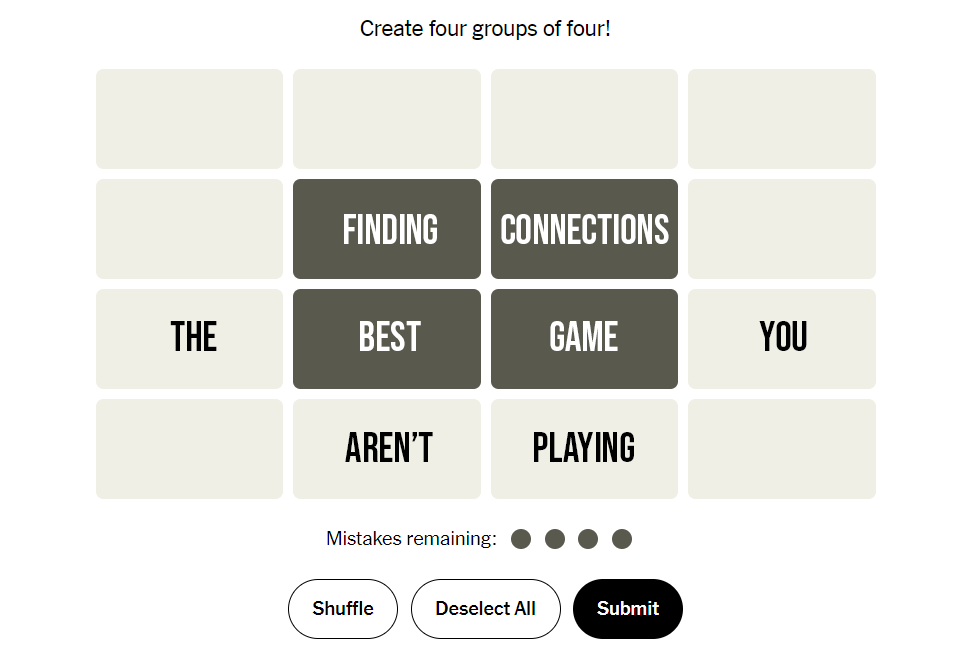
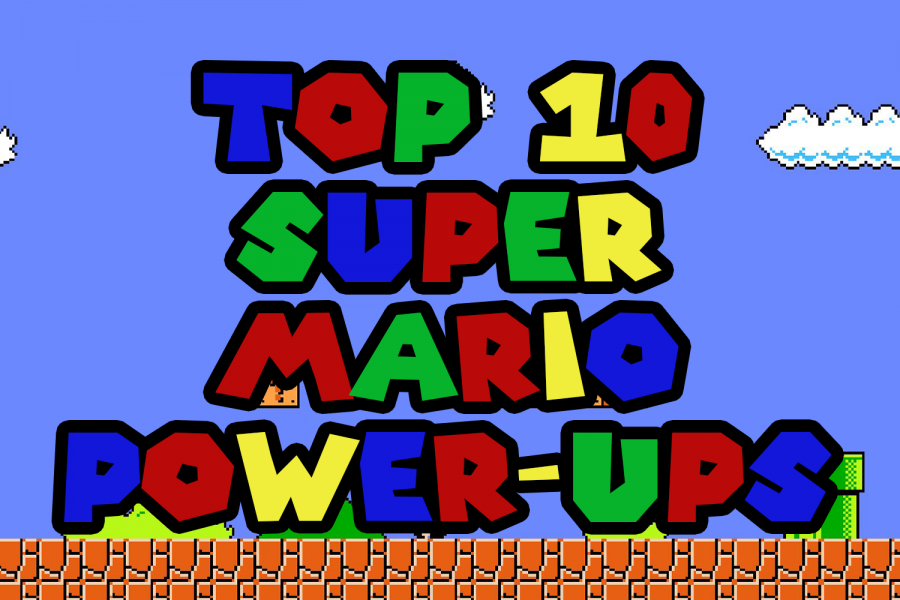
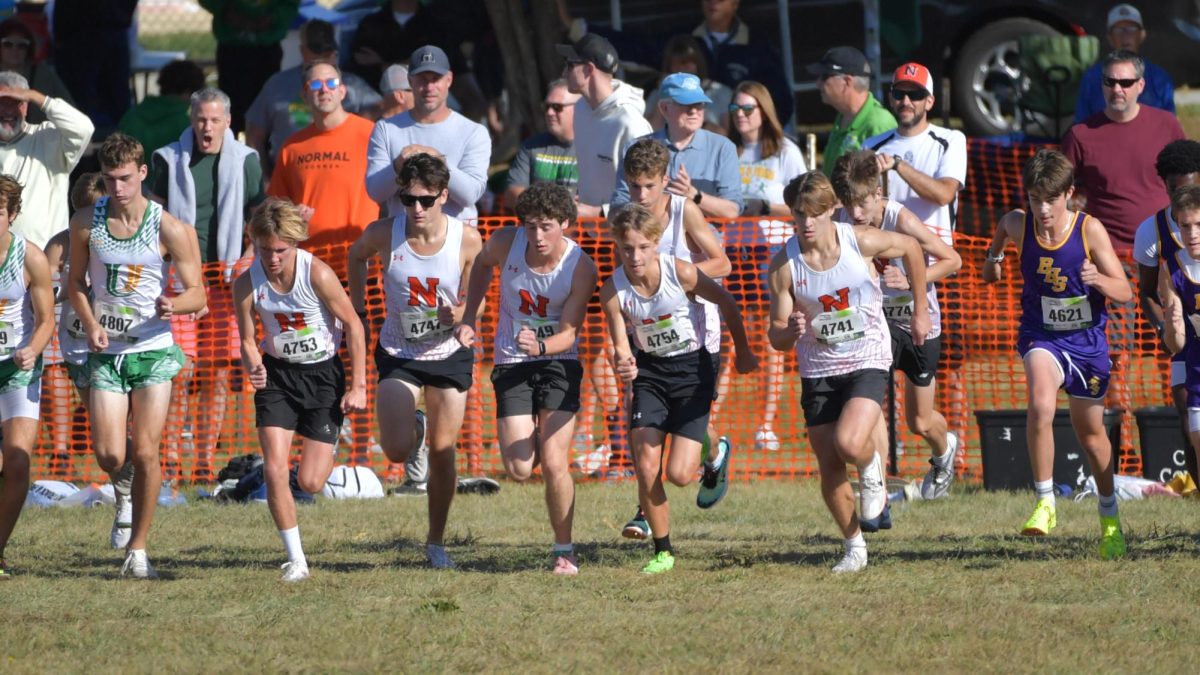
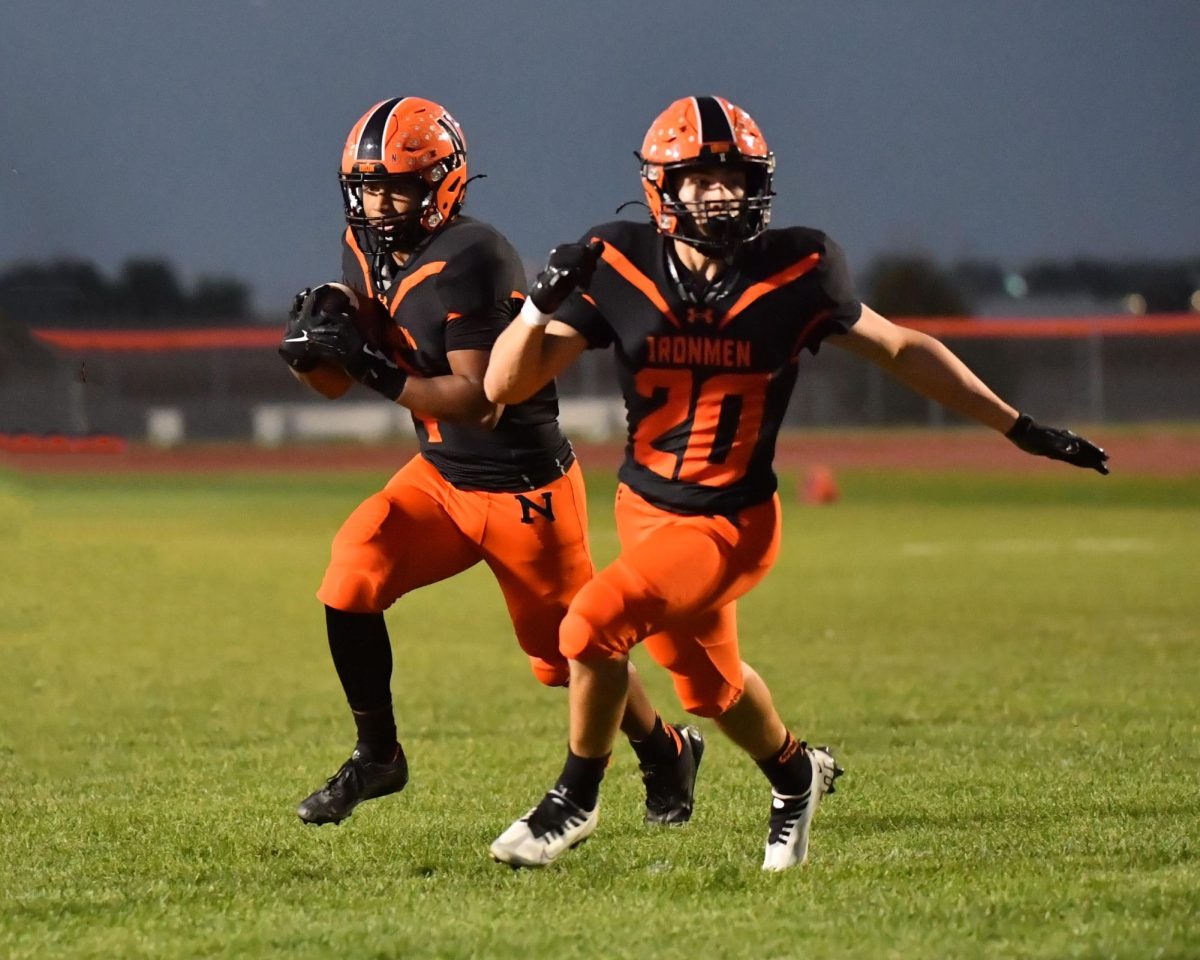
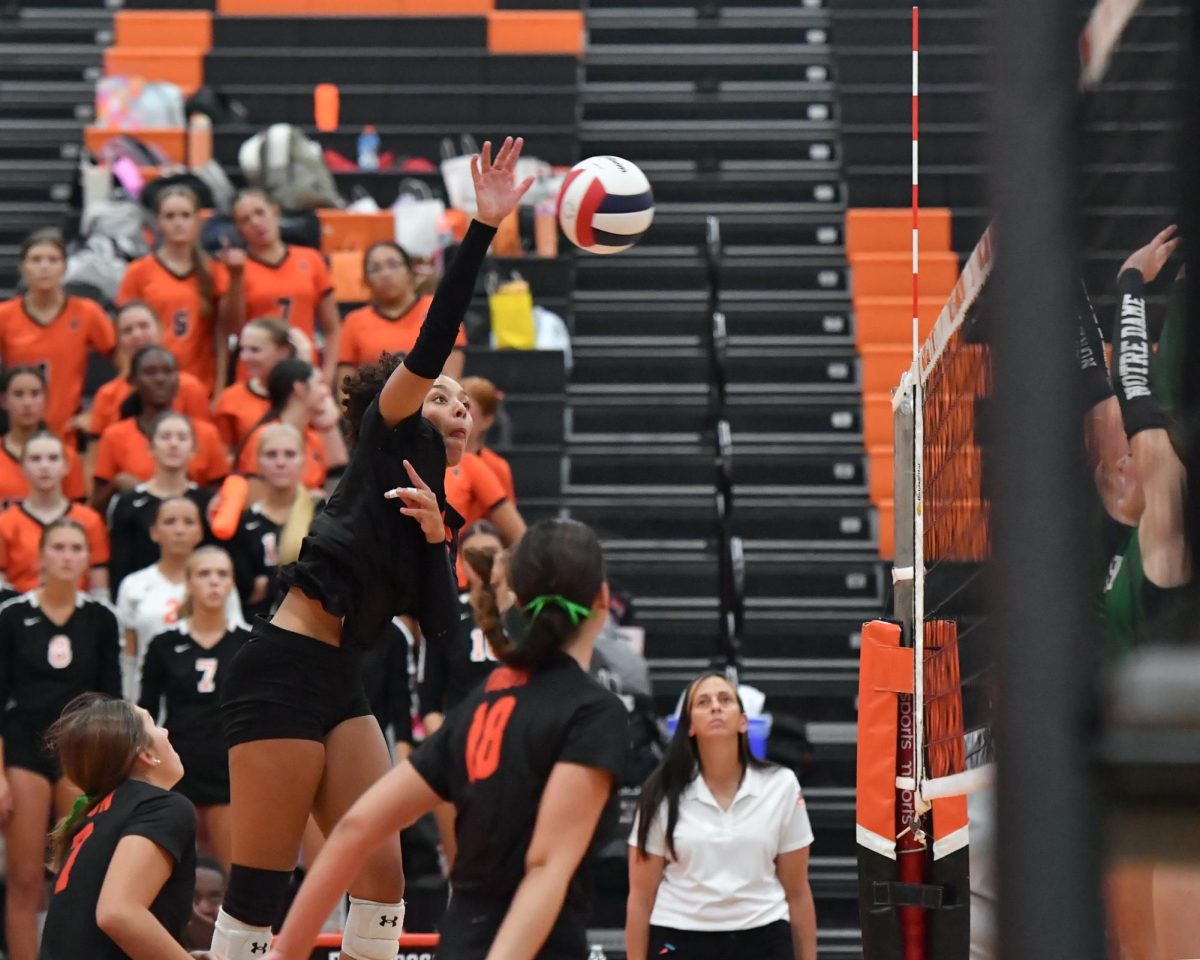
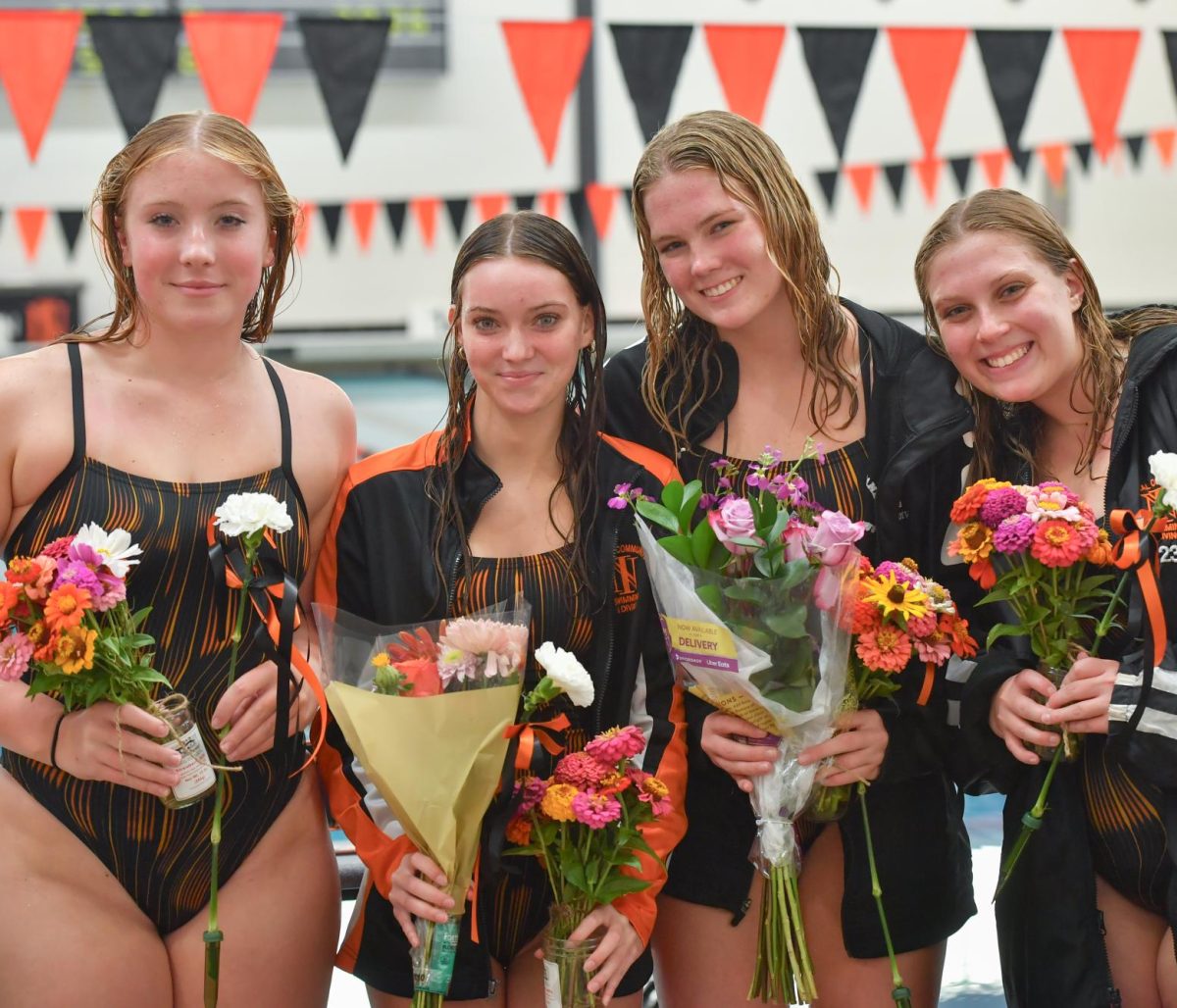
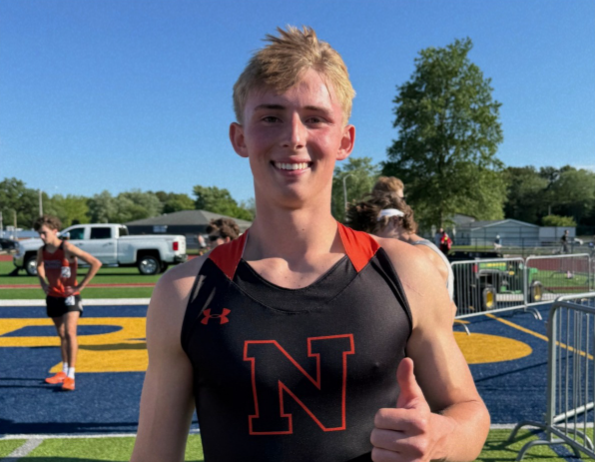
![Week 5: Coach Drengwitz previews the Ironmen’s matchup vs. Peoria Manual, recaps Week 4 [video]](https://nchsinkspot.com/wp-content/uploads/2025/09/Week-5-v-Rams-1200x675.png)

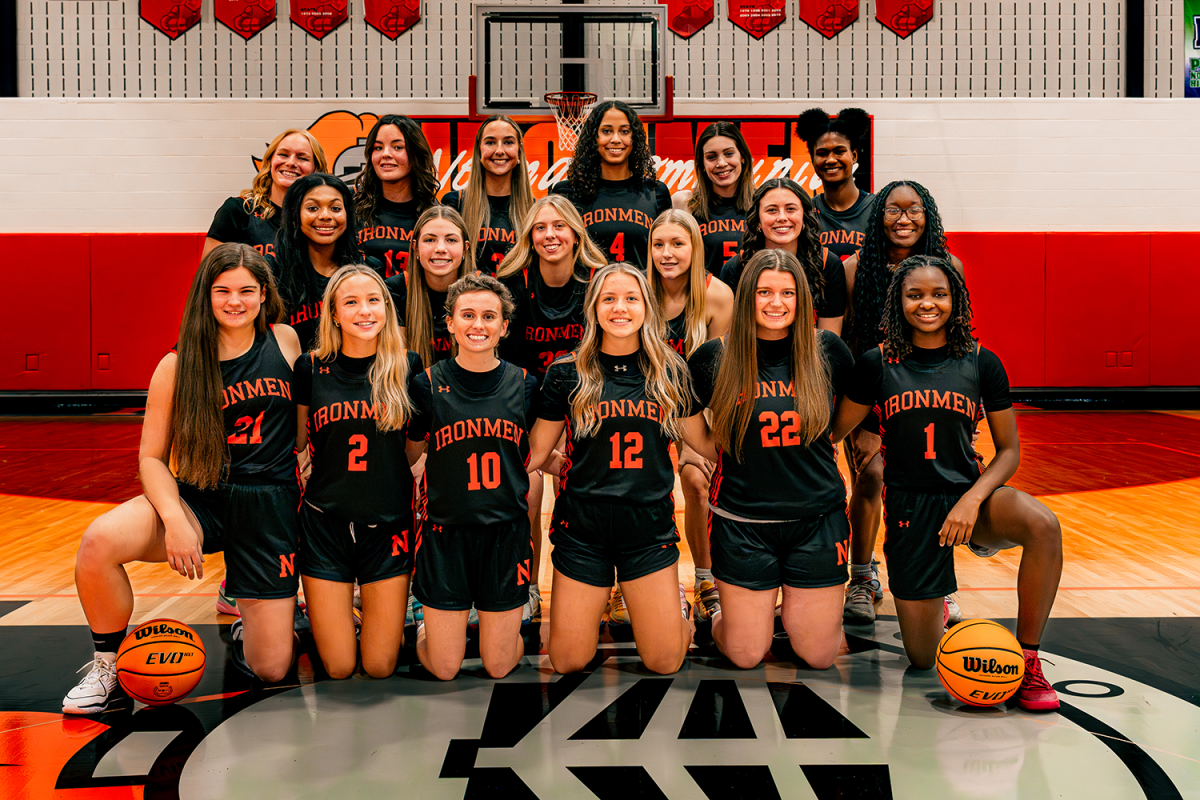
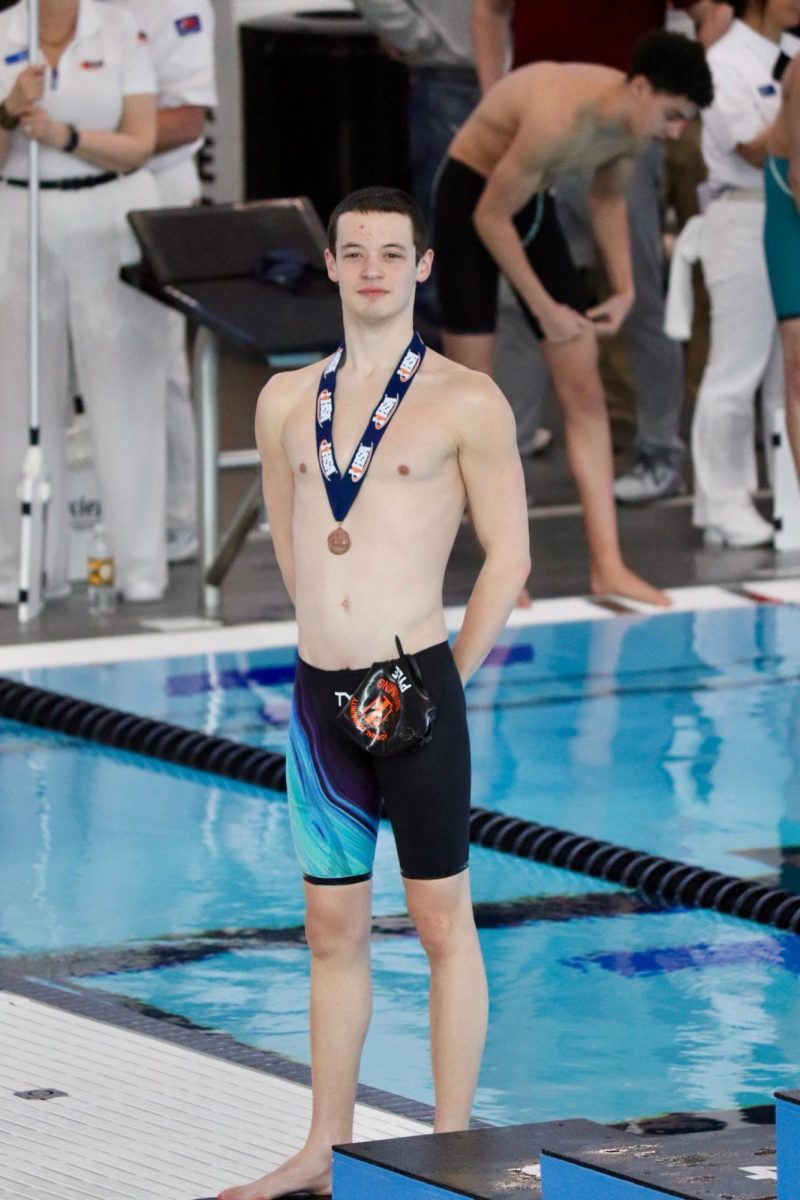

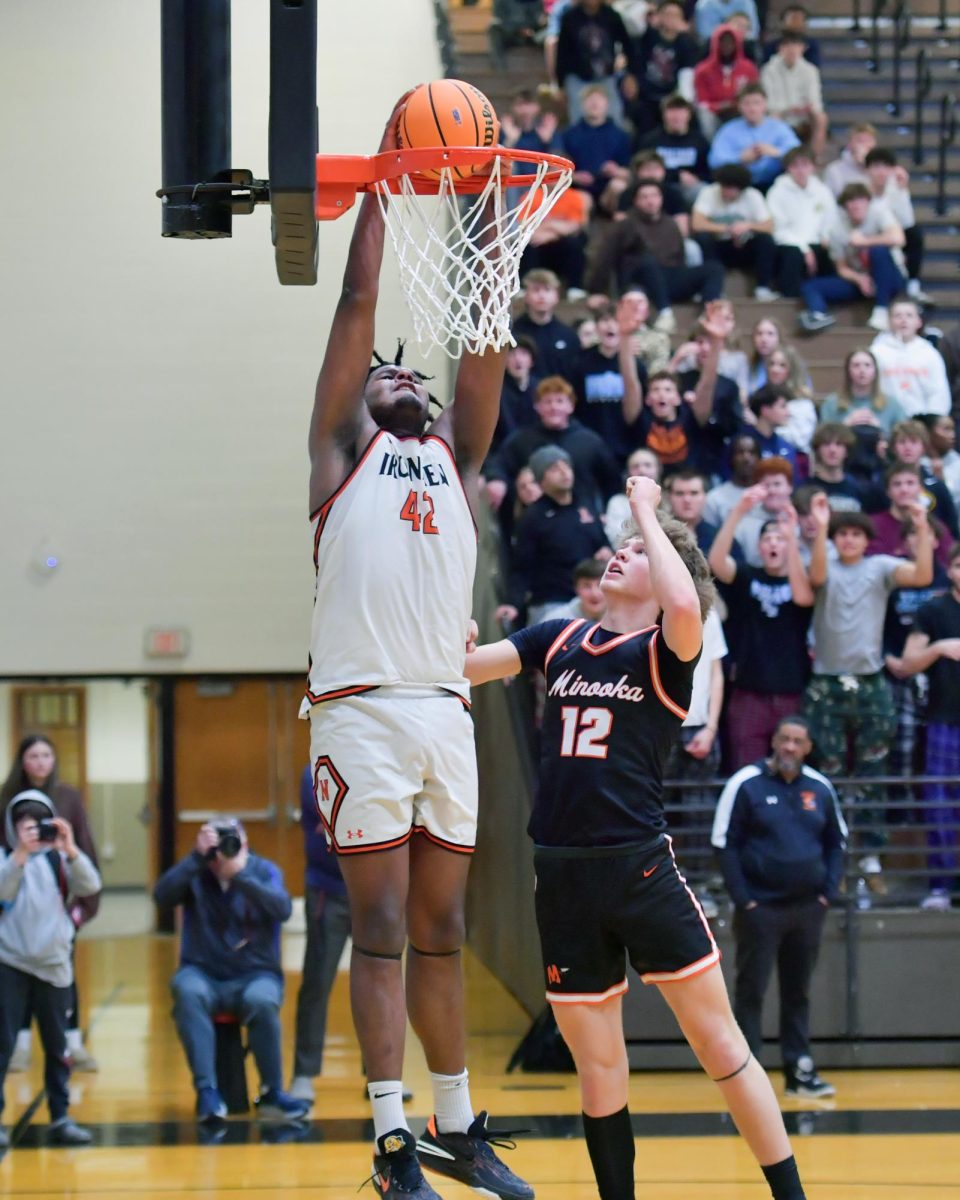
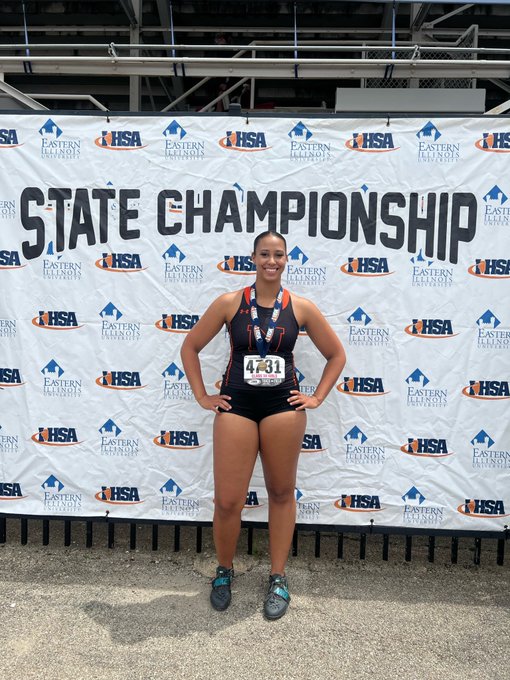
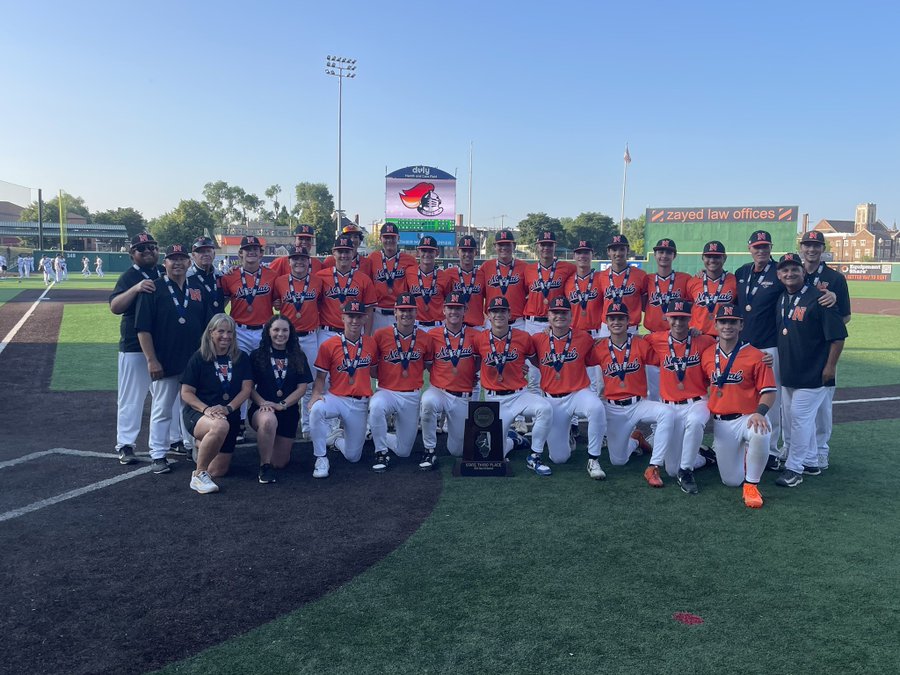

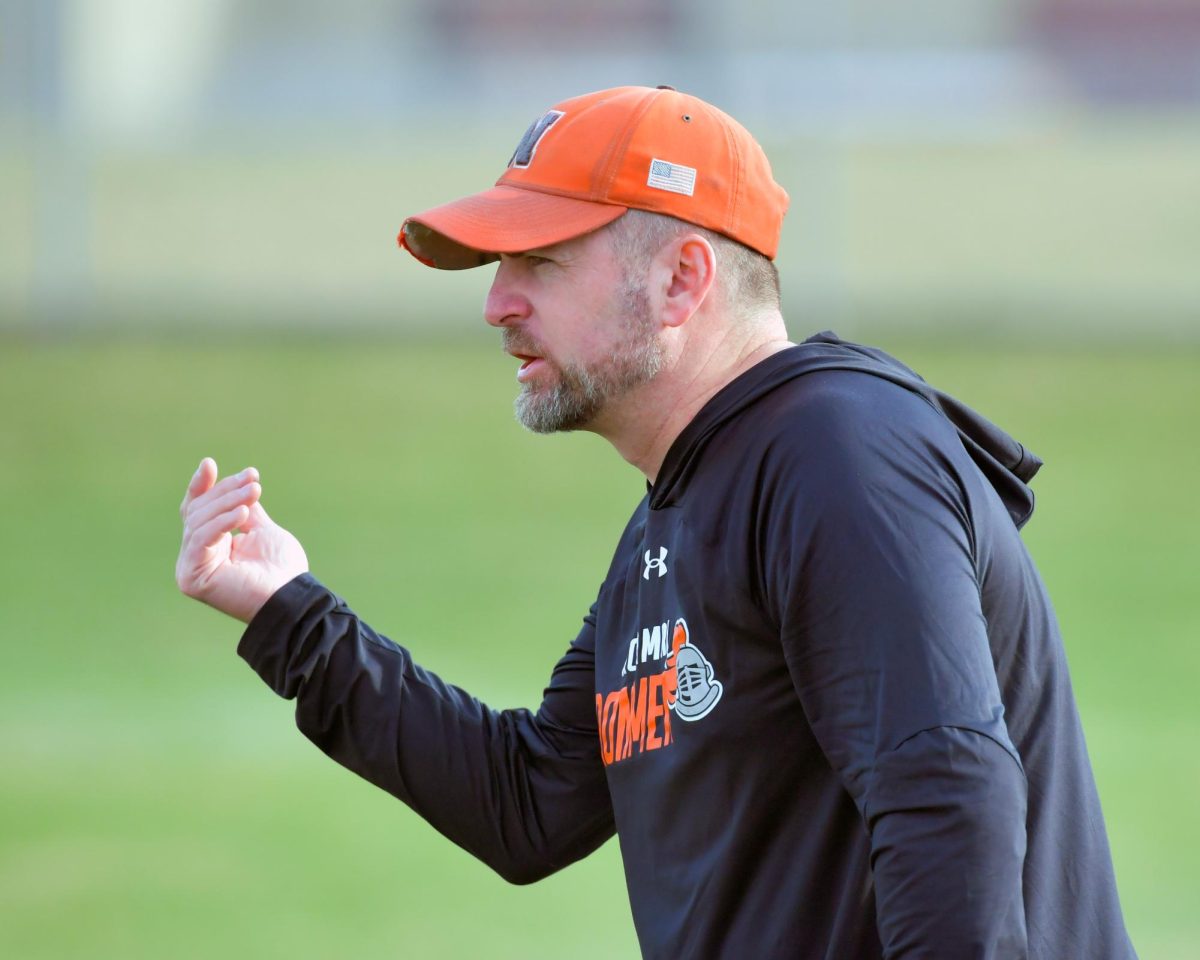

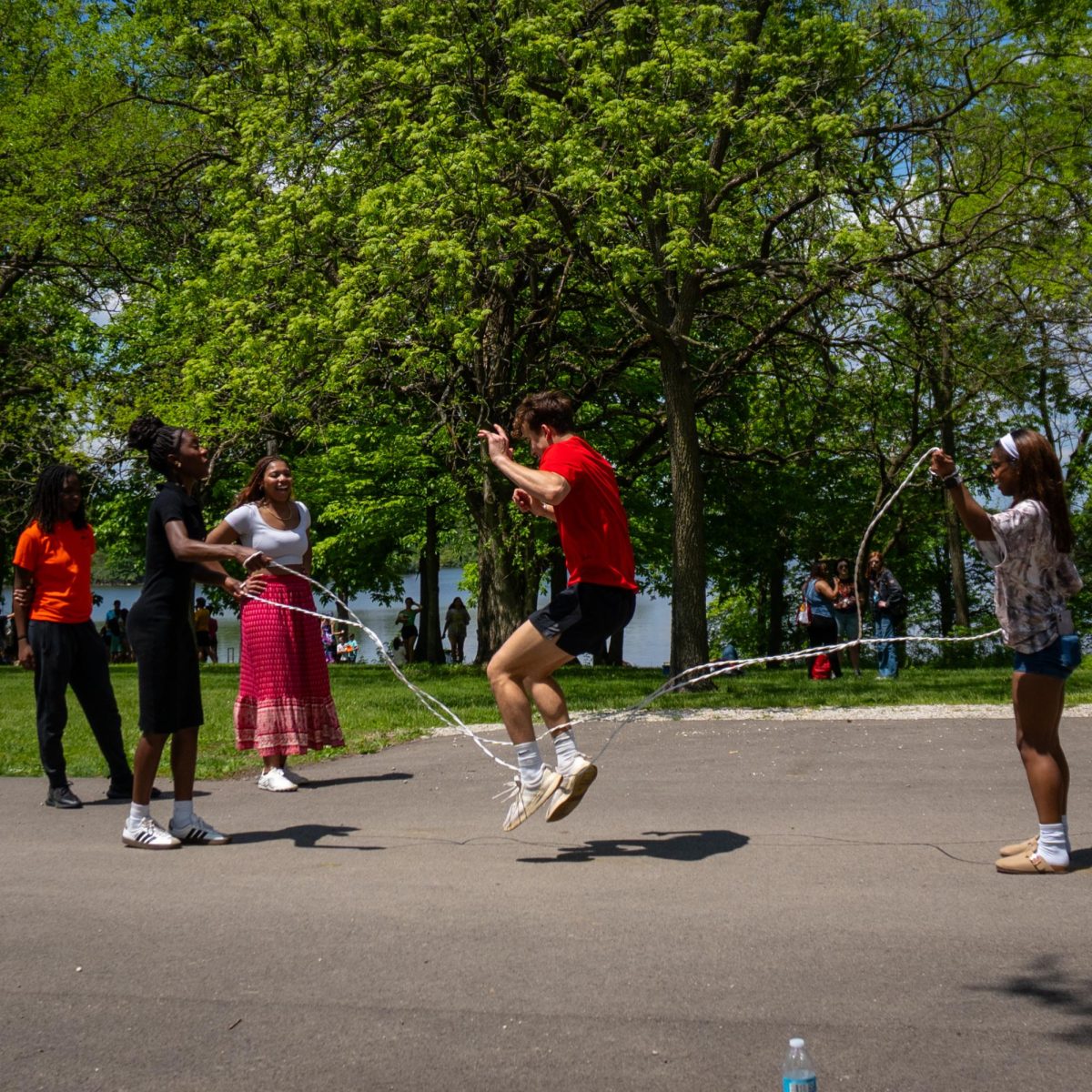
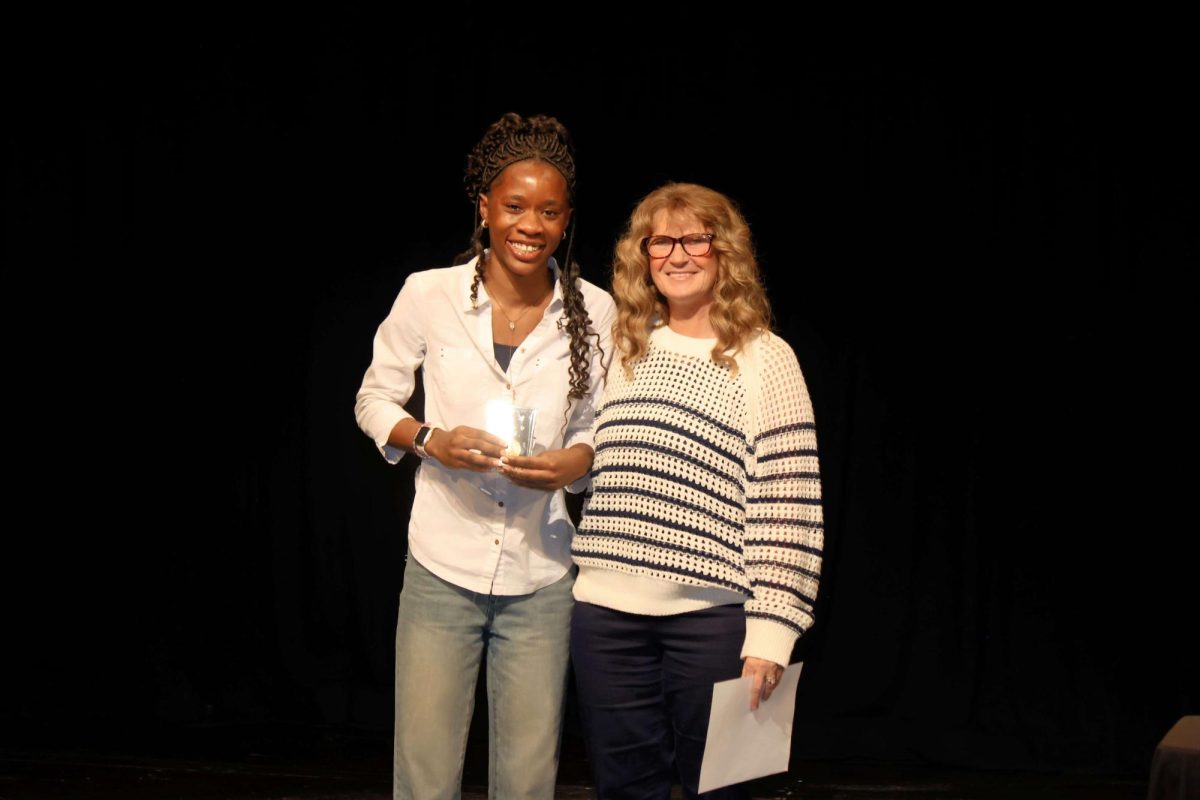
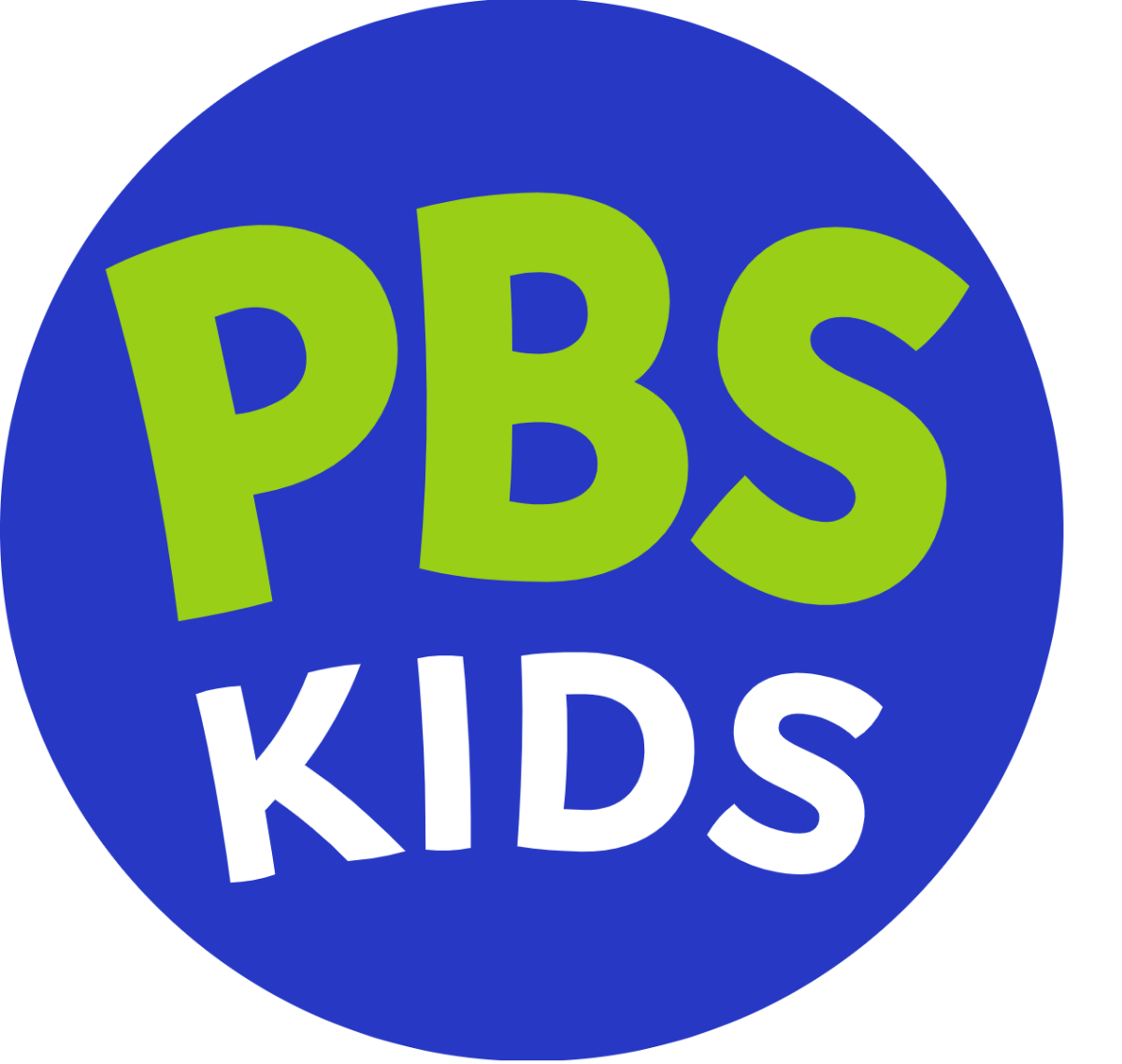
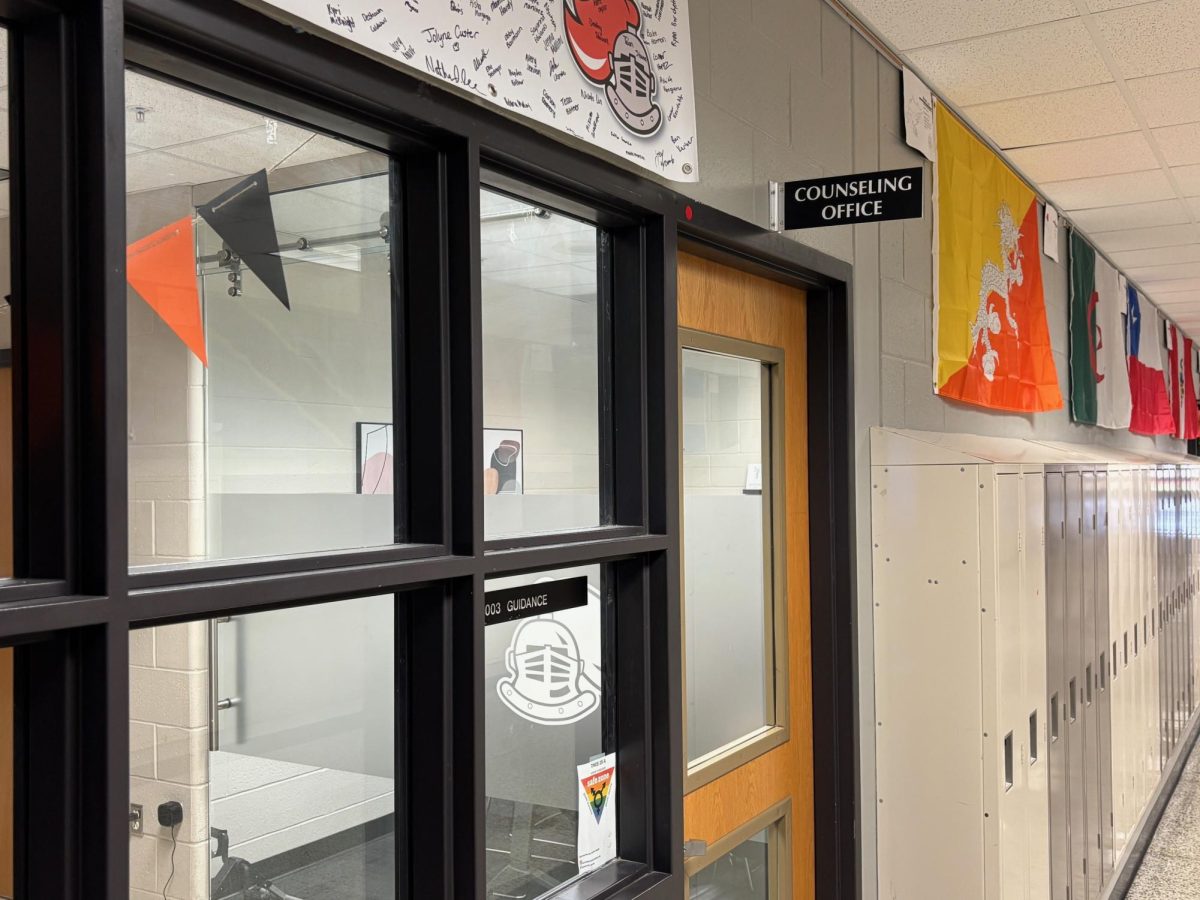
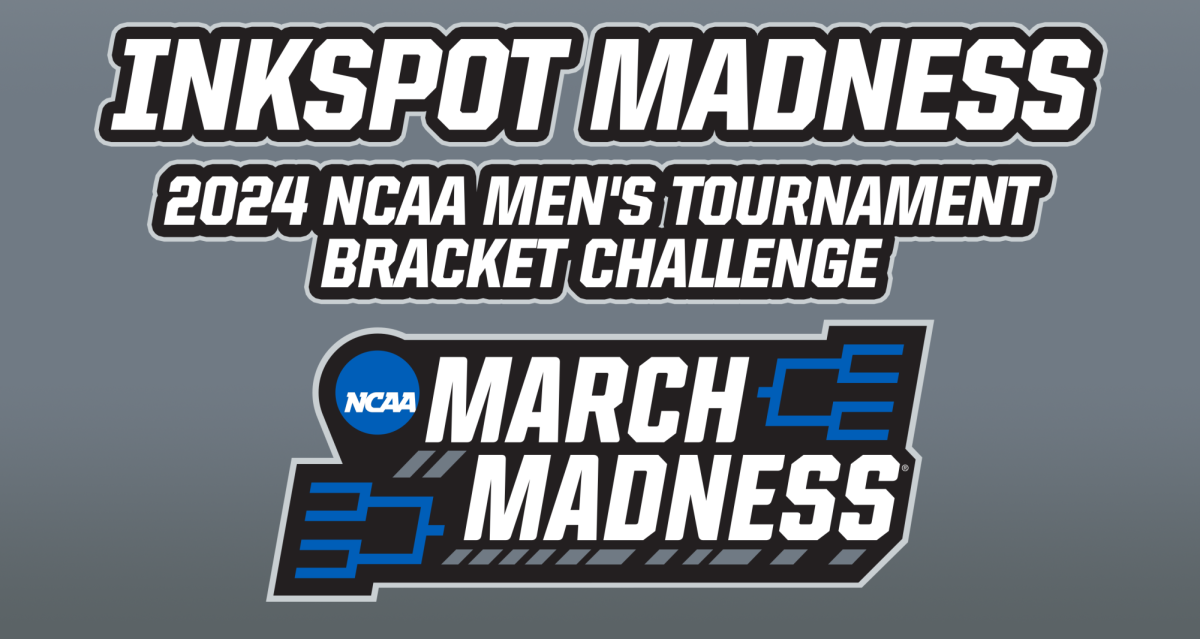
![Halloween candy cross section quiz [quiz]](https://nchsinkspot.com/wp-content/uploads/2022/10/Candy-cover-big-900x675.png)
![Average Jonah? [quiz]](https://nchsinkspot.com/wp-content/uploads/2022/05/average-jonah-900x600.png)

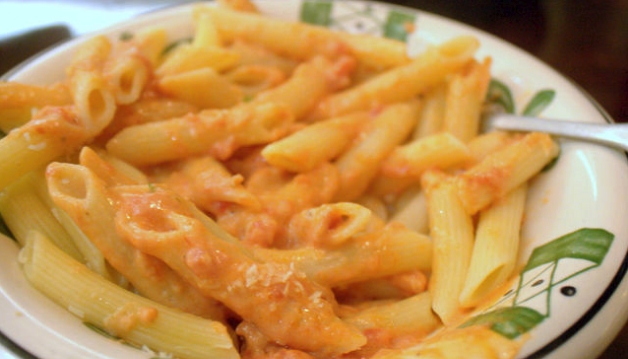
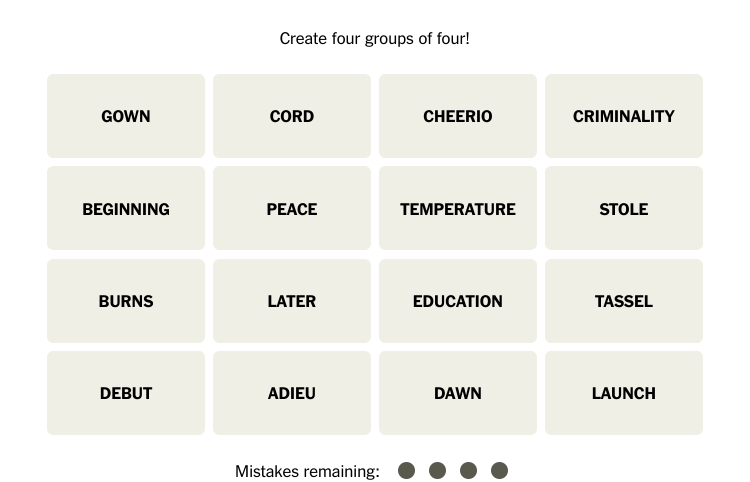
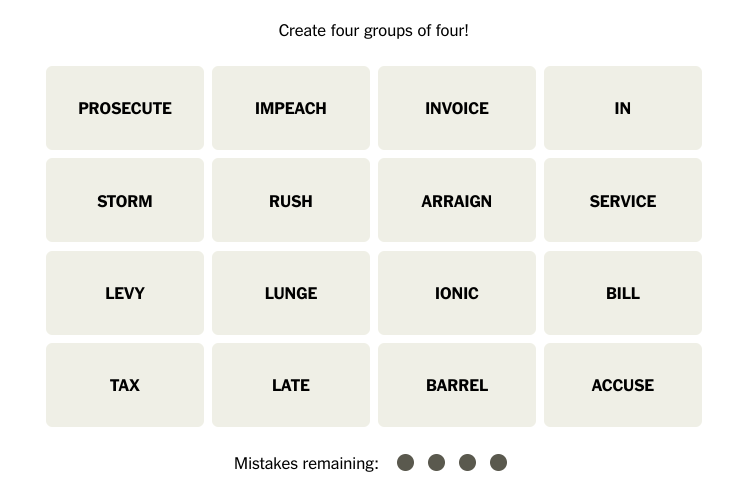
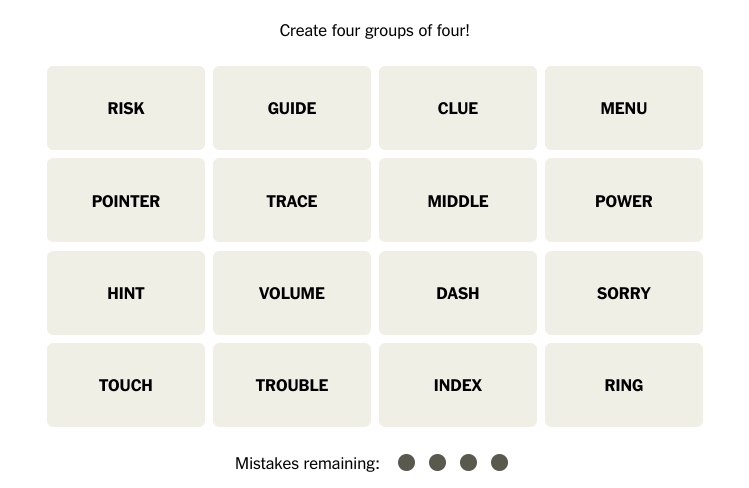
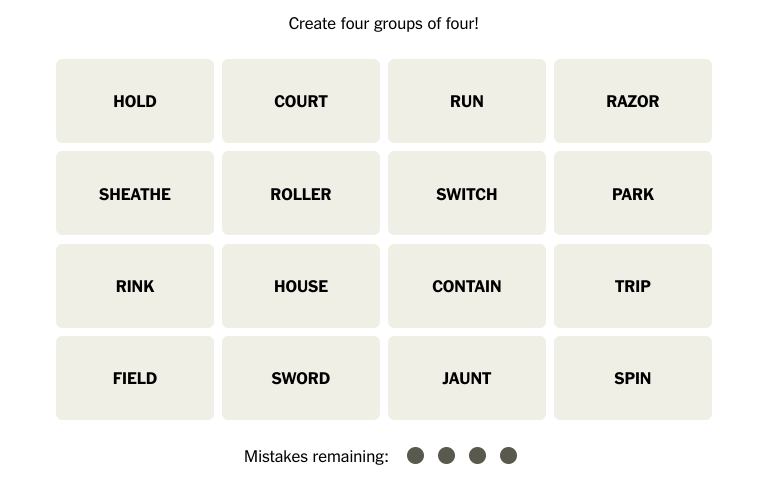

![[Photo Illustration]](https://nchsinkspot.com/wp-content/uploads/2025/09/trigger-words.png)










![Postgame reaction: Coach Drengwitz on Community’s 28-17 Loss to Kankakee [video]](https://nchsinkspot.com/wp-content/uploads/2025/09/Week-4-postgame--1200x675.png)
![Week 4: Coach Drengwitz previews the Ironmen’s matchup vs. Kankakee [video]](https://nchsinkspot.com/wp-content/uploads/2025/09/Ironmen-v-Kankakee-video-1200x1200.png)
![Week 3: Coach Drengwitz previews the Ironmen’s matchup vs. Urbana [video]](https://nchsinkspot.com/wp-content/uploads/2025/09/week-3-web-1200x1200.png)

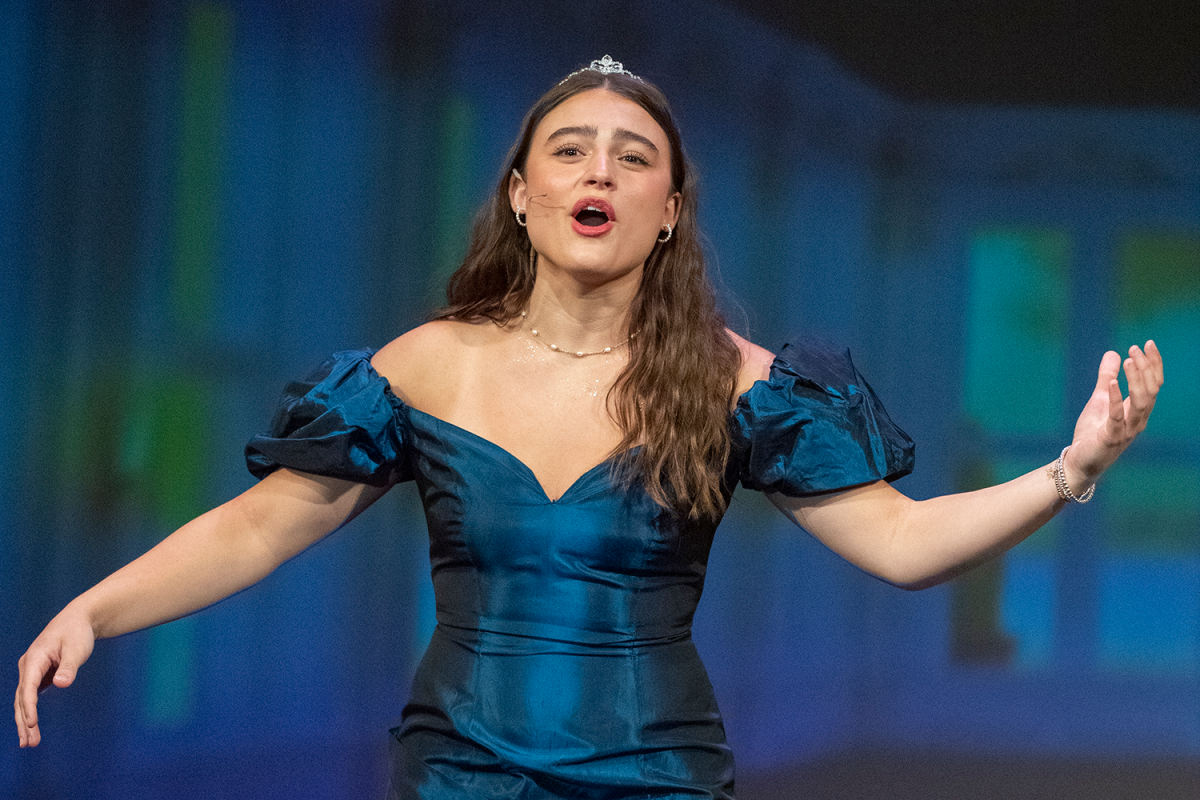


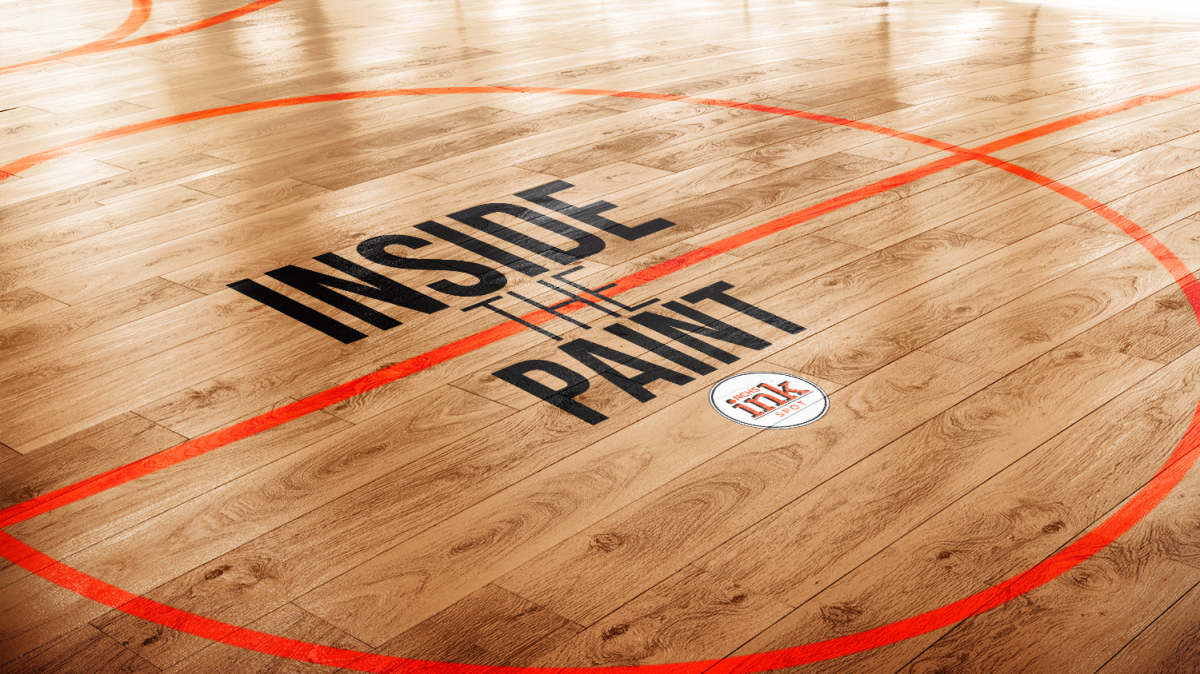
![On the Spot: This or That – Halloween [video]](https://nchsinkspot.com/wp-content/uploads/2024/10/tot-Halloween-YT-1200x675.png)
![On the Spot: This or That – Fall favorites [video]](https://nchsinkspot.com/wp-content/uploads/2024/10/ots-fall-web-1200x800.png)
![On the Spot – Teachers tested on 2023’s hottest words [video]](https://nchsinkspot.com/wp-content/uploads/2024/01/On-the-Spot-Teachers-tested-1200x675.png)
